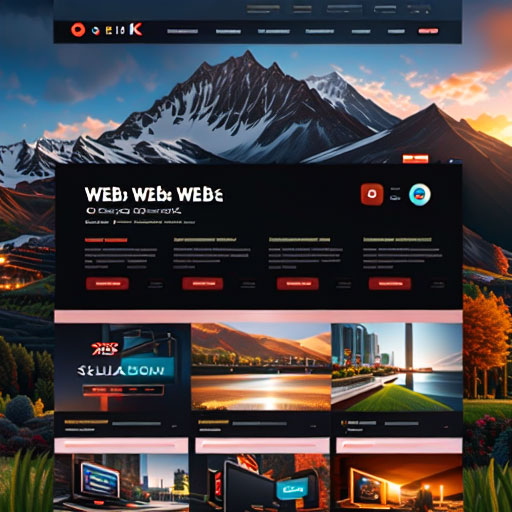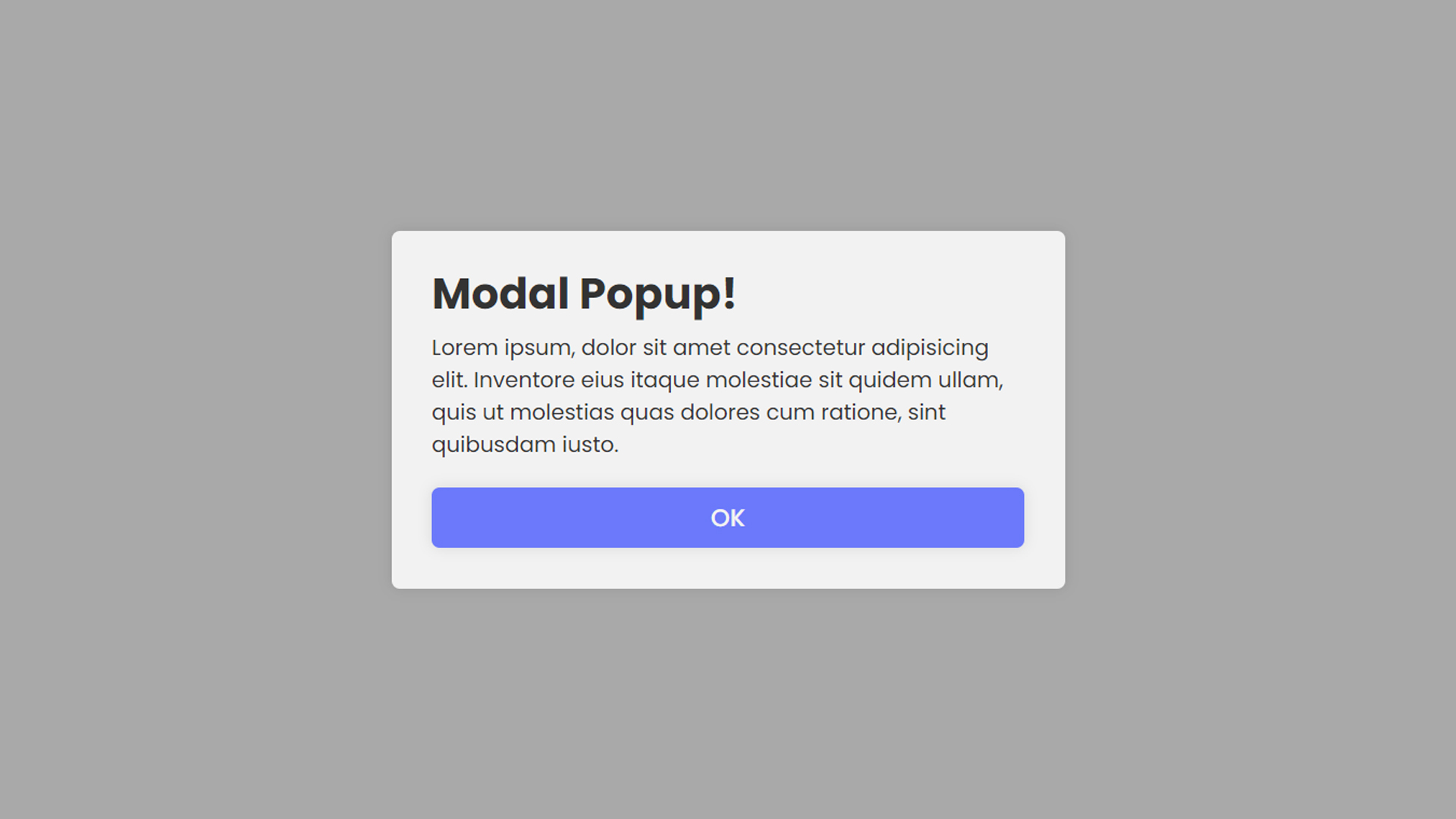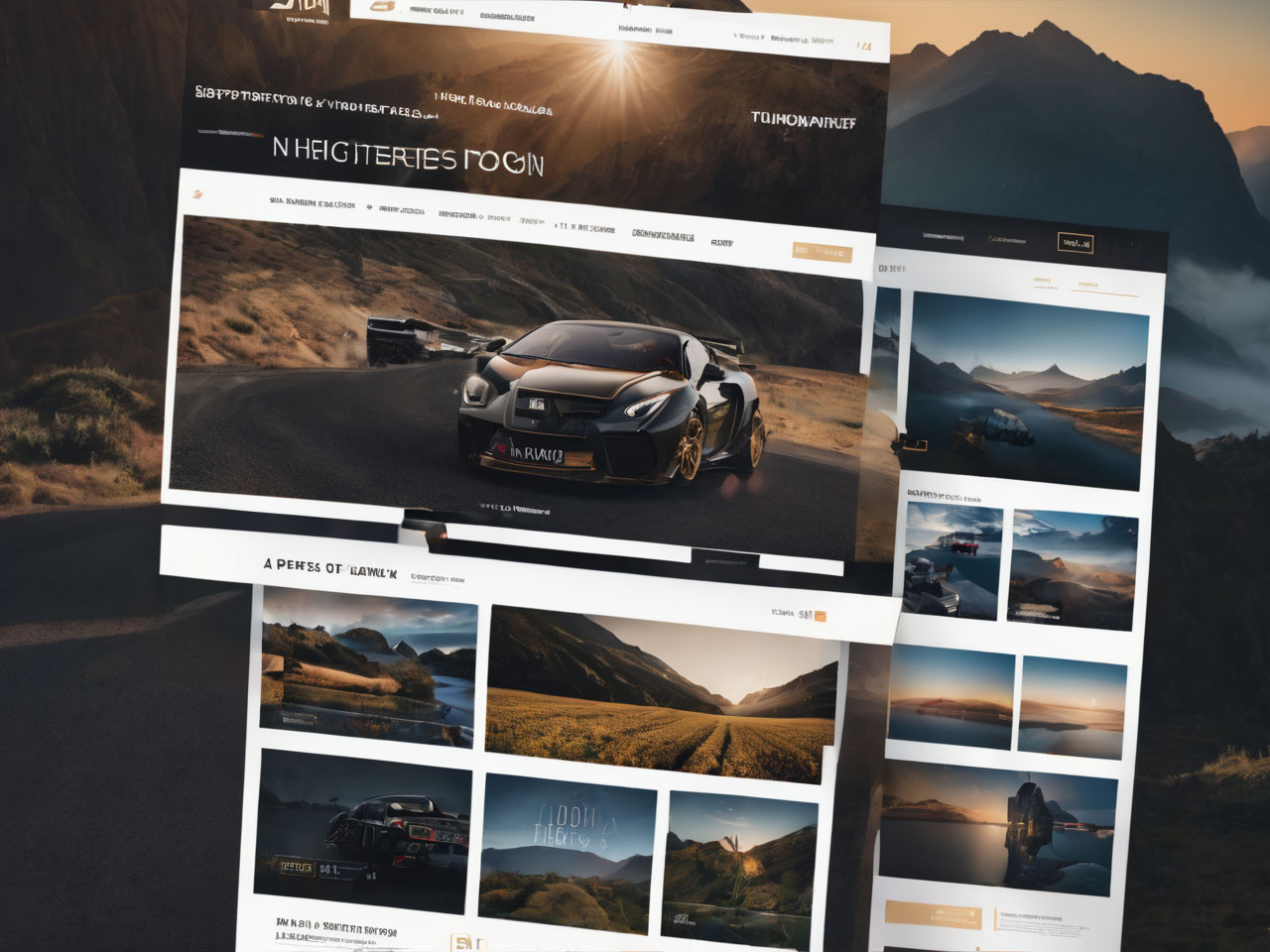Conversion-focused design is a strategic approach that aims to transform website visitors into paying customers or achieve other desired actions, such as signing up for a newsletter or filling out a contact form. It involves optimizing the design and user experience to encourage and streamline the conversion process. In this article, we’ll explore the principles and best practices of conversion-focused web design.
Understanding Conversion
Before delving into the design aspects, it’s crucial to understand what conversion means for your website. A conversion can be defined as any action you want your visitors to take. This might include:
- Making a Purchase: For e-commerce websites, a conversion is typically a sale.
- Lead Generation: On service-based websites, it could be filling out a contact form or signing up for a free trial.
- Subscriptions: Converting visitors into subscribers, such as for newsletters or memberships.
- Content Engagement: Encouraging users to spend more time on your site, view more pages, or read articles.
Conversion-Focused Design Principles
To create a design that optimizes conversions, consider the following principles:
1. Clear Call-to-Action (CTA)
- Use attention-grabbing buttons and links for your primary CTA. Make it obvious what action you want visitors to take.
- Place CTAs prominently on the page, such as in the header, above the fold, and at the end of relevant content.
2. Minimalistic Design
- A clutter-free and well-organized design focuses users’ attention on what matters most – your conversion goal.
3. Visual Hierarchy
- Utilize size, color, and placement to establish a visual hierarchy that guides users toward the CTA.
4. Compelling Copy
- Craft persuasive and concise copy that clearly conveys the value proposition and benefits of taking the desired action.
5. Mobile Optimization
- Ensure your website is mobile-responsive. A significant portion of web traffic comes from mobile devices, and a poor mobile experience can hinder conversions.
6. Page Load Speed
- Optimize page load times to prevent users from abandoning your site due to slow performance.
7. A/B Testing
- Continuously test different design elements, CTAs, and content to discover what resonates best with your audience and drives more conversions.
8. Trust Signals
- Include trust-building elements, such as customer testimonials, security badges, and clear privacy policies, to alleviate user concerns.
9. User-Friendly Forms
- If forms are part of the conversion process, keep them as simple as possible. Request only essential information and use auto-fill features when applicable.
10. Analyze and Iterate
- Regularly analyze user behavior and conversion data to make data-driven design improvements.
Tools and Analytics
To implement and track conversion-focused design, consider using web analytics tools like Google Analytics. These tools provide valuable insights into user behavior, helping you understand which pages and elements are driving or inhibiting conversions.
Conclusion
Conversion-focused design is all about creating a user experience that not only looks great but also guides visitors toward your desired actions. By applying these principles and continuously refining your design based on user data and feedback, you can improve your website’s conversion rate and ultimately achieve your online goals.













